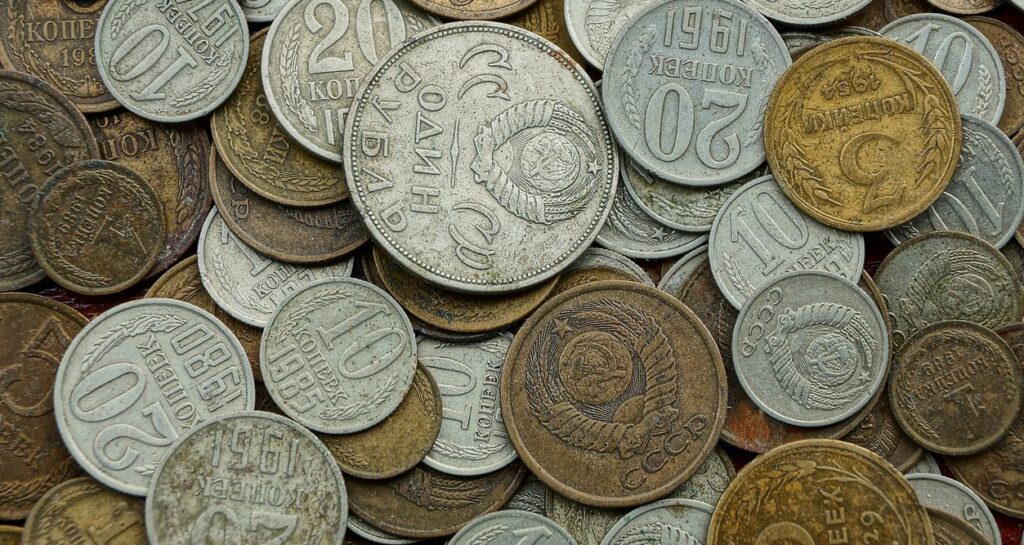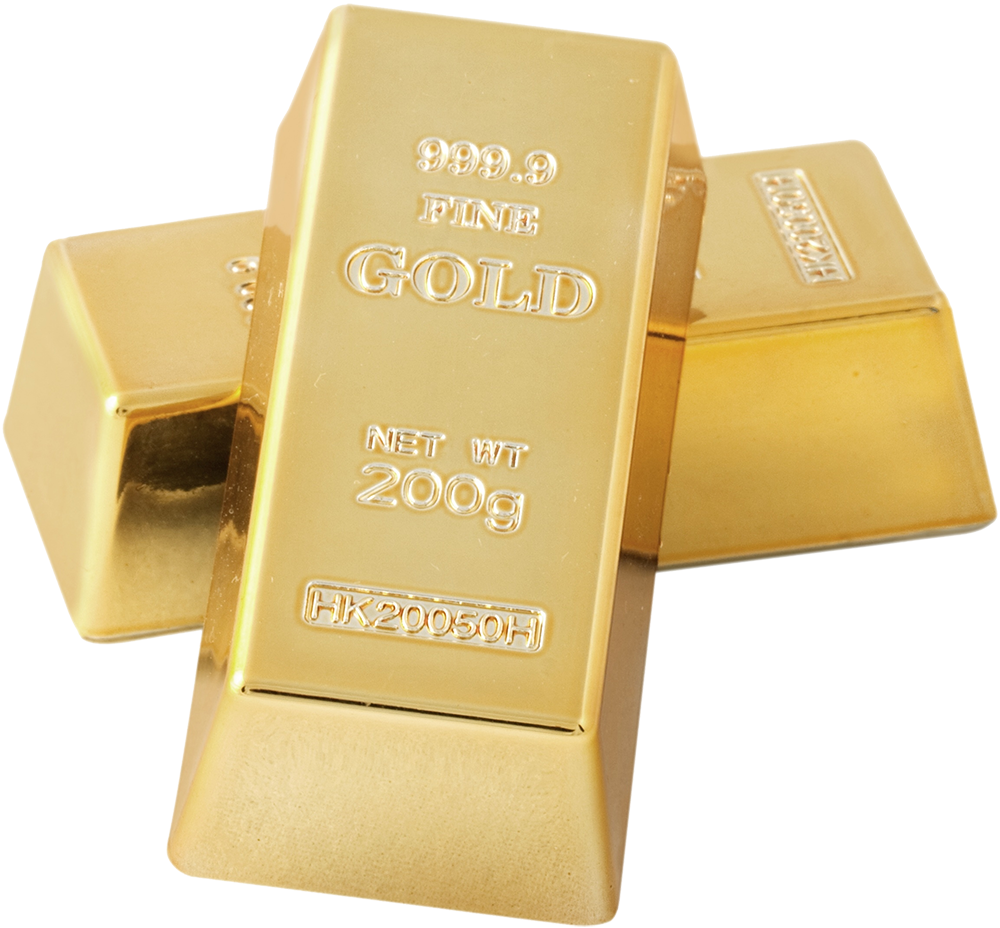You come home after a long day of running errands with a big handful of change in your pockets and add it to your coin jar.
Inside the jar, there’s the usual mix: some quarters, some dimes, a whole lot of pennies. But then you notice something odd: one of the pennies seems to have a misprint.
Could it be a rare coin? To be clear: this is all hypothetical. Rare coins are, well, rare. We don’t want to suggest that you’ll find one in every handful of change.
But if you do happen to come across rare coins, there are steps you can take to preserve your find.
- Proper handling – Make sure you hold rare coins by their edges so that the oils and acids on your fingers don’t come in contact with the face of the coin.
- Proper storage – If you decide to take up coin collecting, you’ll need the right storage equipment, such as coin holders and albums. Keep those albums and holders in cool, dry places. The chief causes of damage to coins are humidity and extreme heat and cold.
- Tools of the trade – Once you get deep into the world of coin collection, you might want to pick up some equipment that will let you determine a coin’s authenticity, including digital scales and calipers, a stereo microscope and a natural daylight lamp.
Also, you may want to check out our guide to spotting counterfeit coins.
Keep an eye out for these coins
We wrote about some the more popular rare coins in circulation earlier this year, but that wasn’t a complete list. You should also be on the lookout for:
1. The “double-ear” Lincoln penny
We may not know everything about our sixteenth president, but we know enough to say that he didn’t have double ear-lobes, as depicted on these pennies from 1997. Finding one can net you $250.
2. The 1999-P Connecticut broadstruck quarter
The term “broadstruck” refers to what happens when a coin is not properly aligned with the machine, which can lead to them appearing uncentered. Back in 1999, a batch of Connecticut state quarters went into circulation, and are now worth 100-times the amount of a standard quarter.
3. The 2005 “speared” bison nickel
In 2005, the U.S. Mint in Denver produced a batch of bison nickels that had a gouge on the die when the coins were being minted, making it look like the buffalo had been “speared.” These rare coins typically sell for between $100 and $200 but have gone for as much as $1,265.
4. Roosevelt silver dimes and Washington silver quarters
These aren’t especially rare coins, but their make-up will allow you to sell them for a lot more than face value. Before 1965, dimes and quarters were made from a significant amount of silver – today it’s a mix of copper and nickel – so an older 10 or 25-cent piece has some value on the metals market.
5. The 2000 Australian $1 “mule”
In the world of numismatics – the study of currency – a “mule” is a coin that is minted with designs that were never meant to be paired together. It’s a hybrid coin, just as the mule in the animal kingdom is a hybrid of a horse and a donkey.
Back in 2000, the Royal Mint in Australia produced several $1 coins with the imagine of Queen Elizabeth that would typically be found on the country’s 10 cent piece. Collectors have paid close to $3,000 to add one of these mules to their collection.
Did any of the rare coins we’ve discussed today wind up in your pockets? Are you simply looking to sell old coins? Either way, Doylestown Gold Exchange can help.
Our experts can examine your coins and offer a fair price, based on our expertise and current market values. Stop in and see us. There might be something valuable hiding in your spare change.


